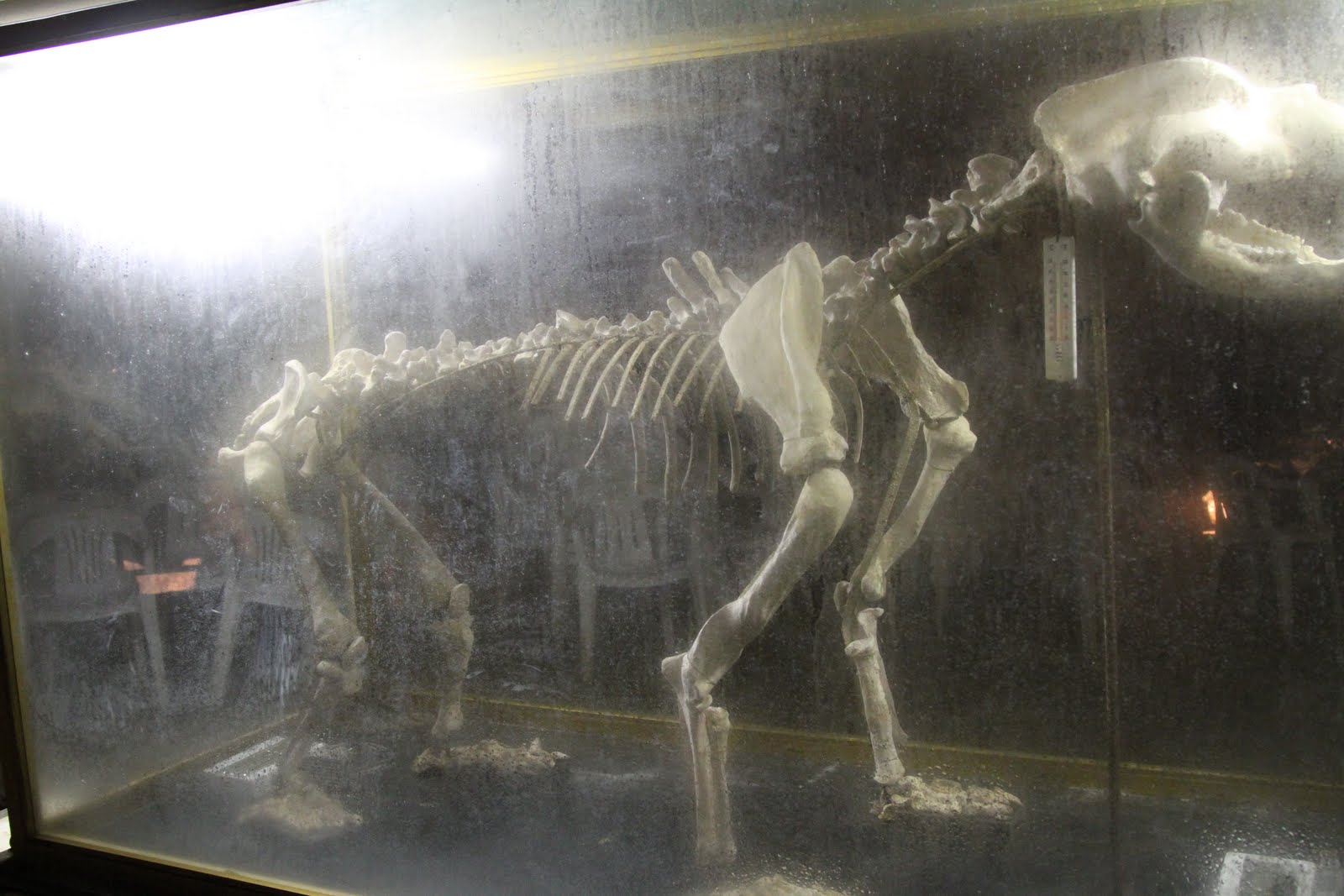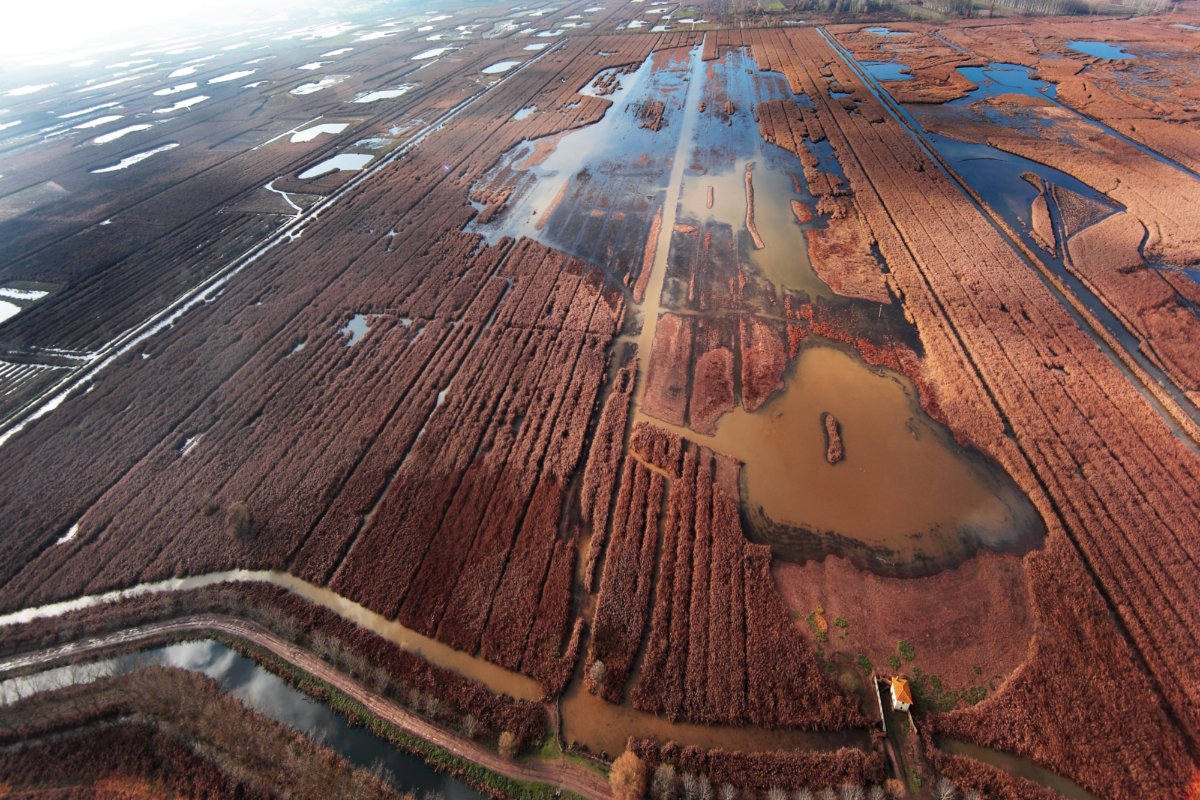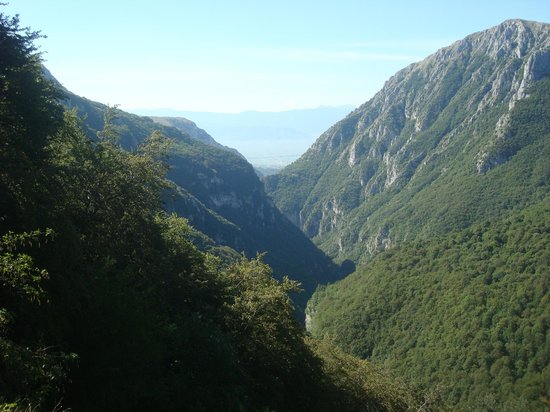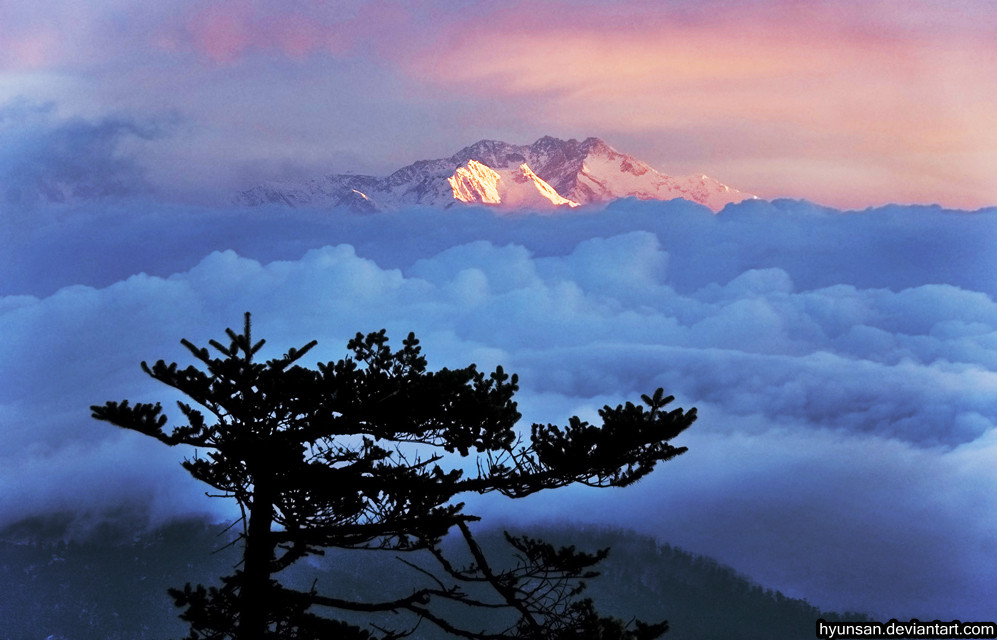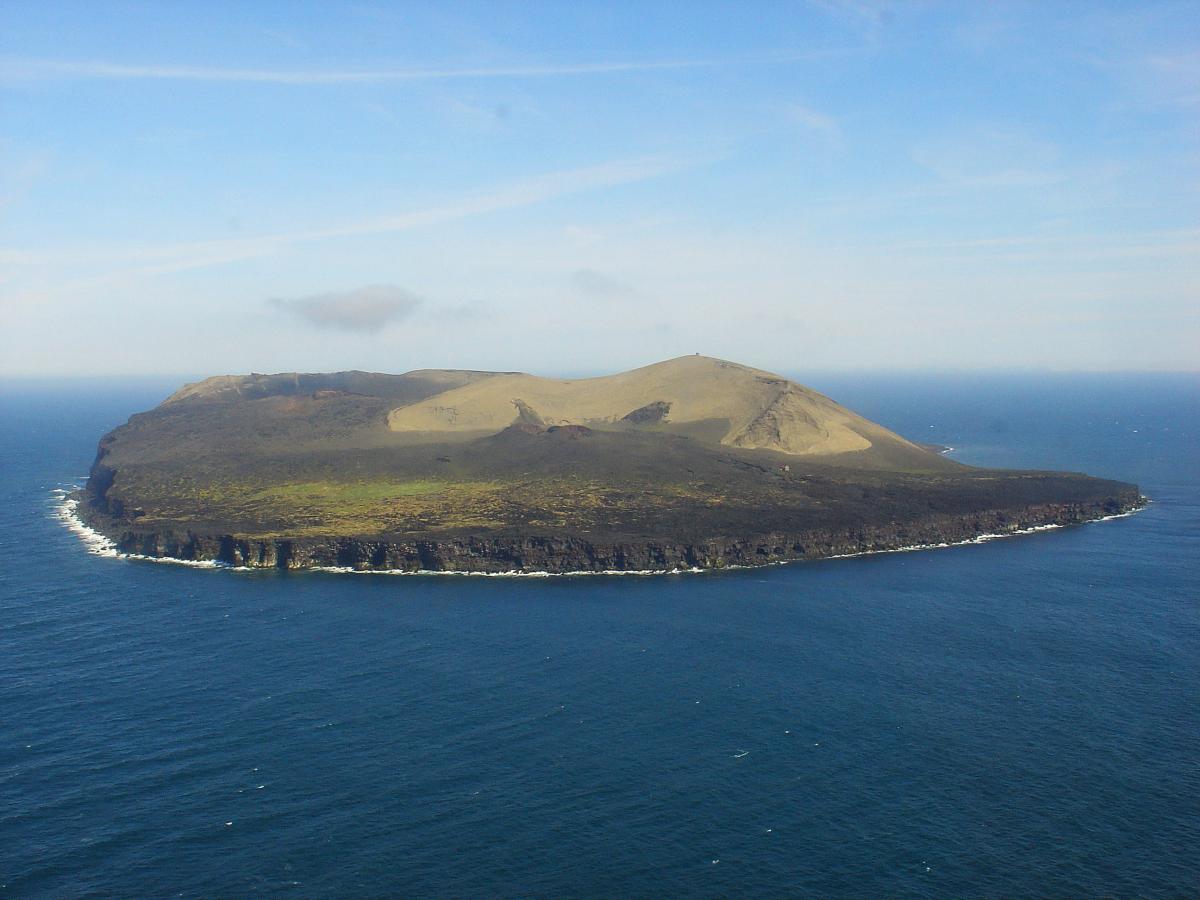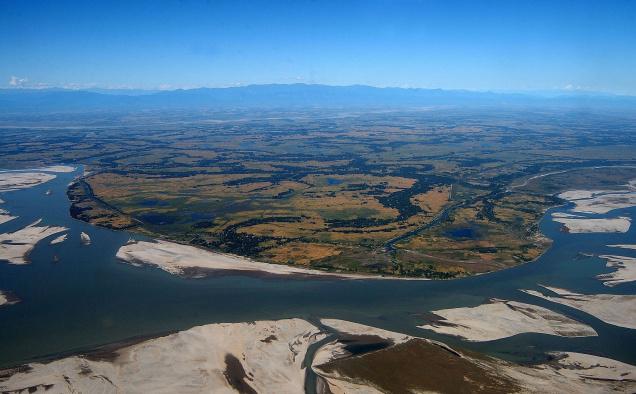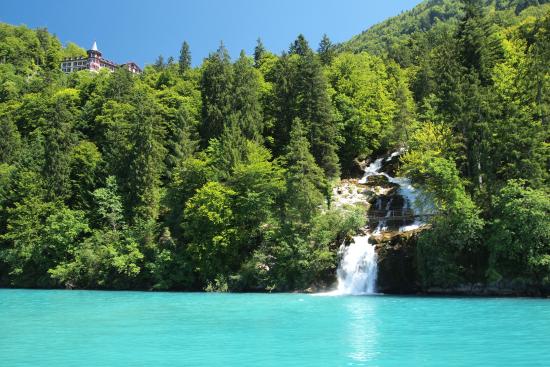Explored in 1850 by a group of valley dwellers led by Domenico Mora, it was opened to the public (the first in Italy) on August 2, 1874.
Since 1969 it has been the site of a scientific station of the Gruppo Speleologico Alpi Marittime of the C.A.I. of Cuneo, which has as its object of investigation the phenomena, including biological ones, still taking place in the cavity. Bossea has as many as 57 species of cave animals, 10 of which are endemic, and of great interest is the paleontological material revealed by excavations conducted over several decades beginning in June 1865. With some of the material, a complete skeleton of Ursus Spelaeus was reconstructed and displayed in the Temple Hall.
There is a constant, year-round temperature of 9°C in the cave.
It is conventionally divided into a lower zone characterized by imposing dimensions and an upper zone consisting essentially of a complex of narrow tunnels developed on overlapping planes. The two parts of the cavity are separated by the Ernestina Lake waterfall. The limestone concretions consisting of stalactites, stalagmites, curtains and flows often present imposing dimensions and great beauty in form and color.
